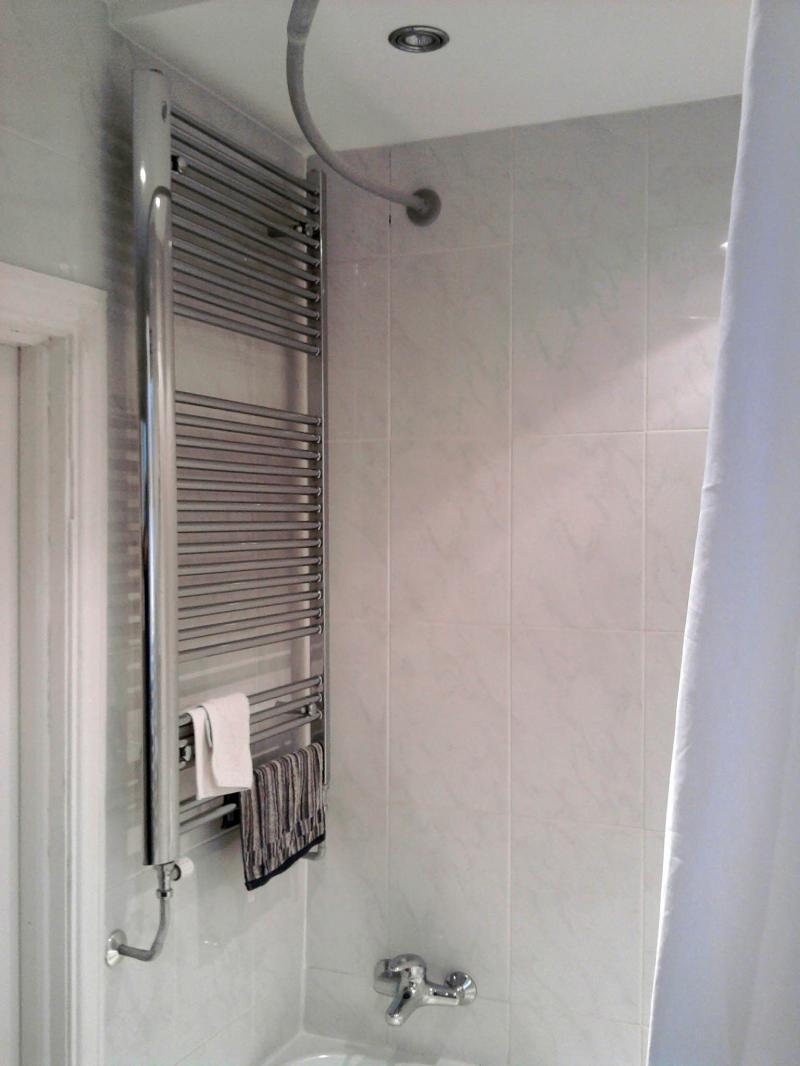Hi
Who can explain this to me as I don't quite see how it works?
What's the point of having TRV's on all my rads except 1, as when the heating is switched on the boiler is always burning (at full power, boilers don't automatically vary their output do they?) to supply that one radiator without the TRV.
If I have the TRV's set on 3, so they automatically close when they get to about 20ºC, the boiler remains alight anyway supplying the 1 radiator in the bathroom (without the TRV).
Surely it doesn't make any difference if I put all the rads on MAX as the boiler is always on supplying that single Bathroom rad.
Do you see what I'm saying?
Who can explain this to me as I don't quite see how it works?
What's the point of having TRV's on all my rads except 1, as when the heating is switched on the boiler is always burning (at full power, boilers don't automatically vary their output do they?) to supply that one radiator without the TRV.
If I have the TRV's set on 3, so they automatically close when they get to about 20ºC, the boiler remains alight anyway supplying the 1 radiator in the bathroom (without the TRV).
Surely it doesn't make any difference if I put all the rads on MAX as the boiler is always on supplying that single Bathroom rad.
Do you see what I'm saying?


